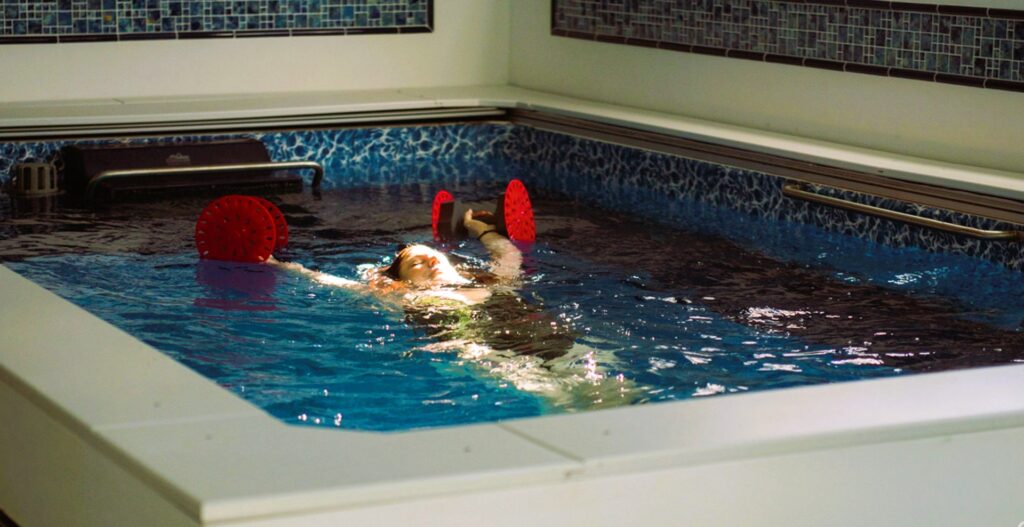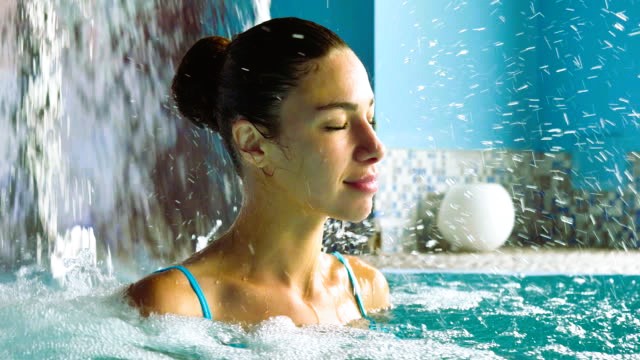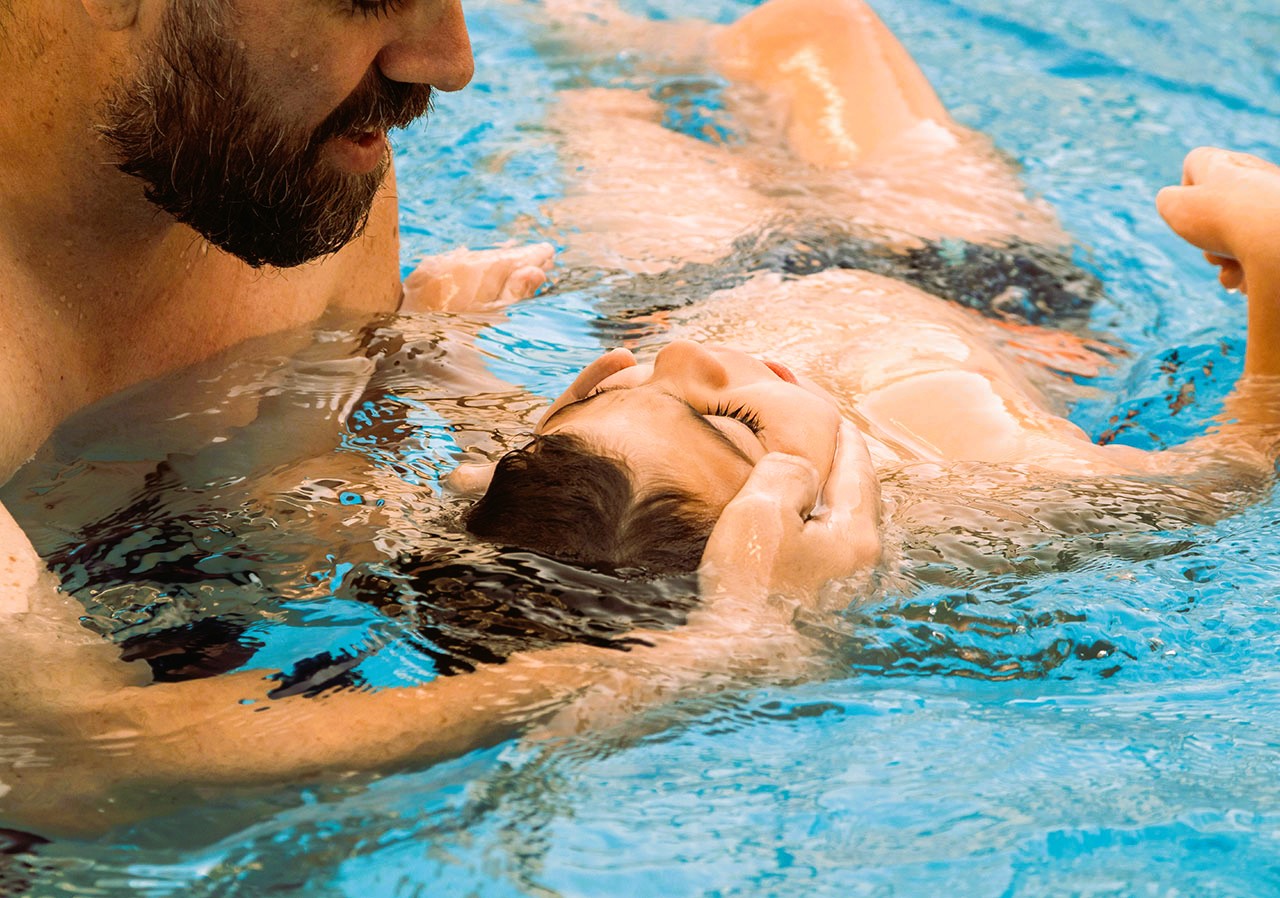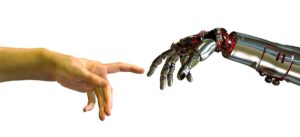Hydrotherapy, also known as aquatic therapy, has long been recognized as a valuable rehabilitation modality for individuals recovering from injury, managing chronic conditions, or seeking to improve their overall health and well-being. The therapeutic properties of water, including buoyancy, hydrostatic pressure, and resistance, make it an ideal medium for rehabilitation exercises and therapeutic interventions. This article explores the innovations in hydrotherapy and the ways in which healthcare professionals are harnessing the power of water for rehabilitation.
Understanding Hydrotherapy in Rehabilitation
Hydrotherapy involves the use of water in various forms, such as pools, spas, or whirlpools, to facilitate rehabilitation, relieve pain, and improve physical function. The buoyancy of water reduces the effects of gravity, allowing patients to perform exercises with less strain on their joints and muscles. Hydrostatic pressure provides gentle compression to the body, promoting circulation and reducing swelling. Resistance from water enhances muscle strength, endurance, and cardiovascular fitness. These unique properties of water create an environment conducive to rehabilitation and therapeutic interventions.
Innovations in Hydrotherapy

Recent innovations in hydrotherapy have expanded the scope and effectiveness of aquatic rehabilitation techniques, including:
- Underwater Treadmills: Underwater treadmills combine the benefits of aquatic therapy with the familiar motion of walking or running on a treadmill. Patients walk or jog on a submerged treadmill while being supported by the buoyancy of water. Underwater treadmills allow for controlled weight-bearing exercise, gait training, and cardiovascular conditioning in a low-impact environment. Adjustable water levels and treadmill speeds accommodate patients of varying abilities and fitness levels, making underwater treadmills suitable for a wide range of rehabilitation goals.
- Aquatic Resistance Equipment: Aquatic resistance equipment, such as resistance bands, paddles, and gloves, enhance the resistance encountered during water-based exercises, providing a more challenging workout for patients. These devices increase muscle engagement, strength, and endurance while performing exercises such as swimming, walking, or resistance training. Aquatic resistance equipment can be used to target specific muscle groups, improve joint stability, and enhance functional movement patterns in rehabilitation programs.
- Hydrotherapy Jets and Massage Features: Hydrotherapy jets and massage features, commonly found in therapeutic spas and whirlpools, deliver targeted water jets or pulsating streams to specific areas of the body, providing therapeutic massage and relaxation benefits. Hydrotherapy jets stimulate circulation, soothe sore muscles, and alleviate pain and tension. Adjustable jet settings and massage programs allow for customized treatment options to meet individual patient needs and preferences.
- Virtual Reality (VR) and Augmented Reality (AR) Integration: Integrating virtual reality (VR) and augmented reality (AR) technologies into hydrotherapy sessions adds an interactive and immersive dimension to rehabilitation exercises. VR and AR simulations create virtual environments and scenarios that engage patients in therapeutic activities, such as aquatic games, simulations of daily tasks, or immersive experiences designed to improve motor control, balance, and coordination. VR and AR integration enhance patient motivation, engagement, and adherence to hydrotherapy programs, leading to better rehabilitation outcomes.
Benefits of Hydrotherapy
Hydrotherapy offers numerous benefits for individuals undergoing rehabilitation, including:
- Pain Relief: The warmth and buoyancy of water provide natural pain relief for sore muscles, stiff joints, and chronic pain conditions. Hydrotherapy reduces inflammation, promotes relaxation, and alleviates muscle tension, leading to improved comfort and mobility.
- Improved Range of Motion and Flexibility: Hydrotherapy exercises performed in water’s buoyant environment promote joint mobilization, stretching, and range of motion improvements. Hydrotherapy facilitates gentle stretching of muscles and soft tissues, increasing flexibility and reducing stiffness.
- Enhanced Muscle Strength and Conditioning: The resistance provided by water during hydrotherapy exercises strengthens muscles, enhances cardiovascular fitness, and improves overall physical conditioning. Hydrotherapy engages multiple muscle groups simultaneously, leading to efficient and effective workouts with reduced risk of overexertion or injury. Read an interesting article about rehabilitation after a complete fracture of the knee joint, read more at this link.
- Enhanced Balance and Coordination: Hydrotherapy exercises challenge balance and coordination skills as patients navigate the water’s resistance and buoyancy. Hydrotherapy promotes proprioception, spatial awareness, and postural control, leading to better balance and coordination on land.
Challenges and Considerations

While hydrotherapy offers numerous benefits, several challenges and considerations must be addressed:
- Accessibility and Availability: Access to hydrotherapy facilities may be limited by geographic location, cost, or insurance coverage. Efforts to increase accessibility and affordability of hydrotherapy services are needed to ensure equitable access for all individuals who could benefit from aquatic rehabilitation.
- Infection Control and Water Quality: Maintaining proper hygiene and water quality in hydrotherapy pools and facilities is essential to prevent the spread of infectious diseases and ensure patient safety. Regular monitoring, cleaning, and disinfection protocols must be implemented to maintain sanitary conditions in aquatic environments.
- Training and Certification: Healthcare professionals providing hydrotherapy services should undergo specialized training and certification to ensure safe and effective delivery of aquatic rehabilitation interventions. Training programs should cover aquatic exercise techniques, water safety, patient assessment, and program design.
Conclusion
Hydrotherapy continues to evolve as an innovative and effective rehabilitation modality, offering unique therapeutic benefits for individuals recovering from injury, managing chronic conditions, or seeking to improve their overall health and well-being. Innovations in hydrotherapy, such as underwater treadmills, aquatic resistance equipment, hydrotherapy jets, and virtual reality integration, expand the possibilities for rehabilitation and enhance patient outcomes. By harnessing the power of water, healthcare professionals can optimize rehabilitation programs, promote functional recovery, and empower individuals to achieve their rehabilitation goals.
For further information on hydrotherapy and its standardization in healthcare, visit Wikipedia’s page on Hydrotherapy.
By embracing innovations in hydrotherapy and incorporating aquatic rehabilitation techniques into comprehensive treatment plans, healthcare professionals can enhance the quality of care and improve the lives of individuals undergoing rehabilitation. Hydrotherapy offers a holistic approach to rehabilitation that addresses physical, emotional, and psychosocial aspects of health and well-being, promoting independence, mobility, and overall wellness.




